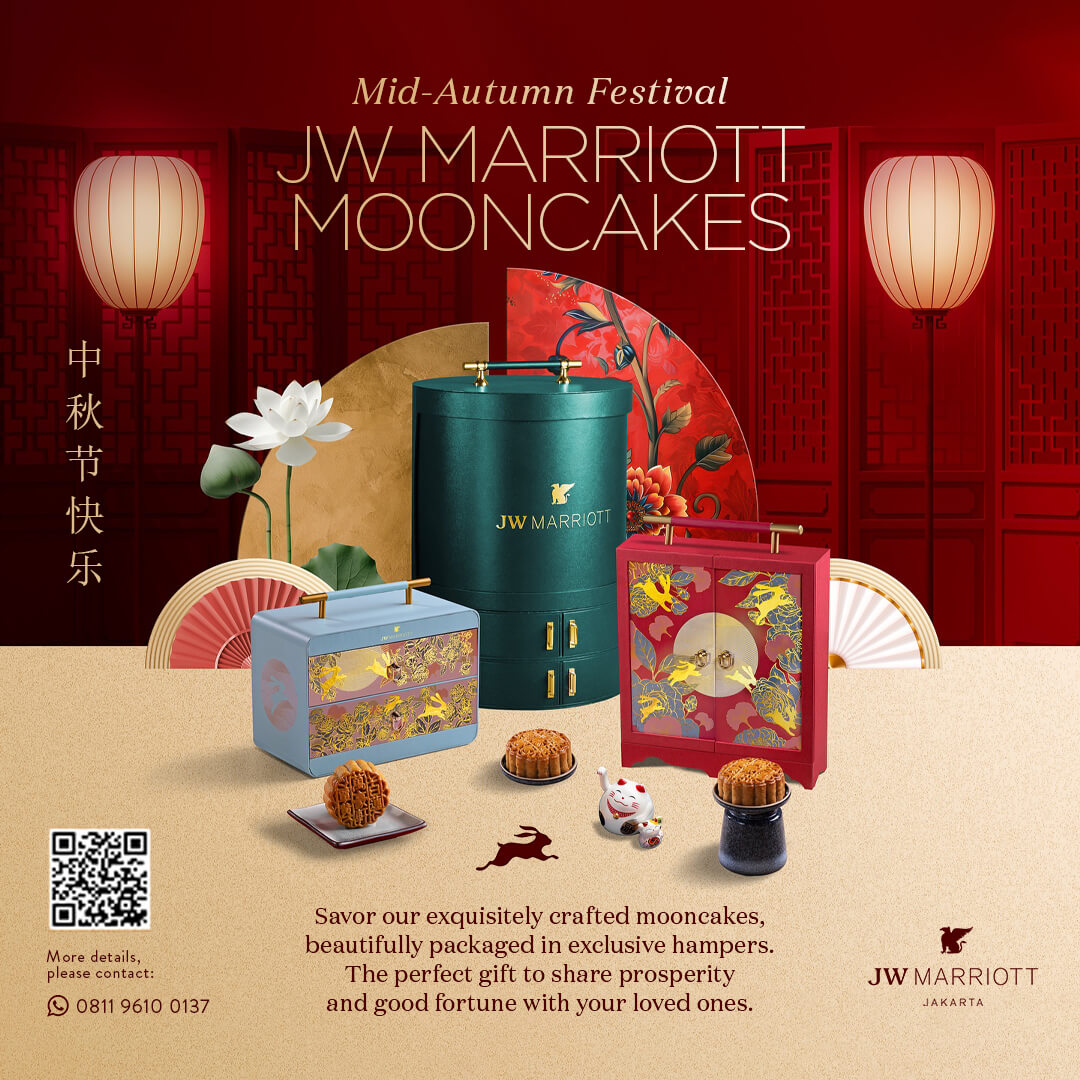A group of British Royal Navy soldiers recently found themselves in a new kind of challenge, taking on the bold flavours of nasi kapau, a traditional West Sumatran dish, during a visit to a Padang restaurant in Jakarta.
The moment, shared by content creator Laurence Benson, captured the soldiers’ enthusiastic (and occasionally fiery) reactions to the local food.
“Today the British Royal Navy visited a Padang restaurant in Jakarta and tried kapau rice,” Laurence said while introducing the meal, as reported on Tuesday, 22 July 2025. “The food comes wrapped in paper like this.”
The nasi kapau served featured a variety of side dishes including chicken, fried potatoes, green chilli, and the rich, slow-cooked rendang sauce. The restaurant owner personally explained the contents, adding, “There’s chicken in there, there’s chilli, green chilli, and there’s also fried potatoes and rendang seasoning.”
Lihat postingan ini di Instagram
Sebuah kiriman dibagikan oleh Laurence Benson (@laurencerioubenson)
Once the food was served, it didn’t take long for the spiciness to make an impact. Laughter broke out as several of the servicemen reacted to the heat of the chilli, some coughing and grinning as they reached for water.
“It’s good, I just ate chilli,” one soldier commented, smiling despite the surprise. “It’s actually good,” said another, his face still showing signs of the dish’s fiery kick.
The tasting continued with a Padang classic—telur dadar, a thick and crispy omelette that is often served alongside nasi kapau. “Next, we will eat the thick and crispy Padang omelette.
Many seasonings are often served with kapau rice. Let’s see their judgment about kapau rice,” Laurence said, narrating the experience for his viewers.
The soldiers’ reactions were mostly positive, and although their responses were light-hearted and filled with laughter, the experience demonstrated a warm moment of cross-cultural appreciation during their stop in the Indonesian capital.
A Taste of West Sumatra: What Makes Nasi Kapau Unique
While often mistaken for nasi padang, nasi kapau has its roots in Nagari Kapau, a village in Tilatang Kamang District, Agam Regency, West Sumatra. The cuisine emerged from women in the village preparing and selling rice as a means of supporting their families, particularly when their husbands were away.
Unlike nasi padang, where dishes are typically served at the table by waitstaff, nasi kapau stalls feature a tiered display with large pots between the seller and the customer. This arrangement allows diners to pick their preferred side dishes directly.
Another distinctive element is the serving spoon, called a sanduak. Made from coconut shell with a long handle, this traditional tool is ideal for scooping out side dishes from deep pots.
As for the food itself, nasi kapau often includes rendang with potatoes, grilled meats such as chicken and beef, and unique curry dishes like tambusu, a savoury mixture of tofu and egg stuffed into intestines. There’s also gulai kapau, a coconut milk-based curry made with vegetables like bamboo shoots, radish, and long beans.
Though nasi kapau and nasi padang share Minangkabau roots, they differ in flavour profile and presentation.
The spicy red sambal of nasi kapau contrasts with the green chilli condiment more typical of nasi padang, and many dishes exclusive to kapau cannot be found in regular Padang food stalls.
The British Navy’s spontaneous tasting in Jakarta may have started with curiosity and ended with coughing fits, but it also served as a warm gesture of cultural engagement and a deliciously spicy story to take home.































